Home>Garden Essentials>How To Collect Zinnia Seeds
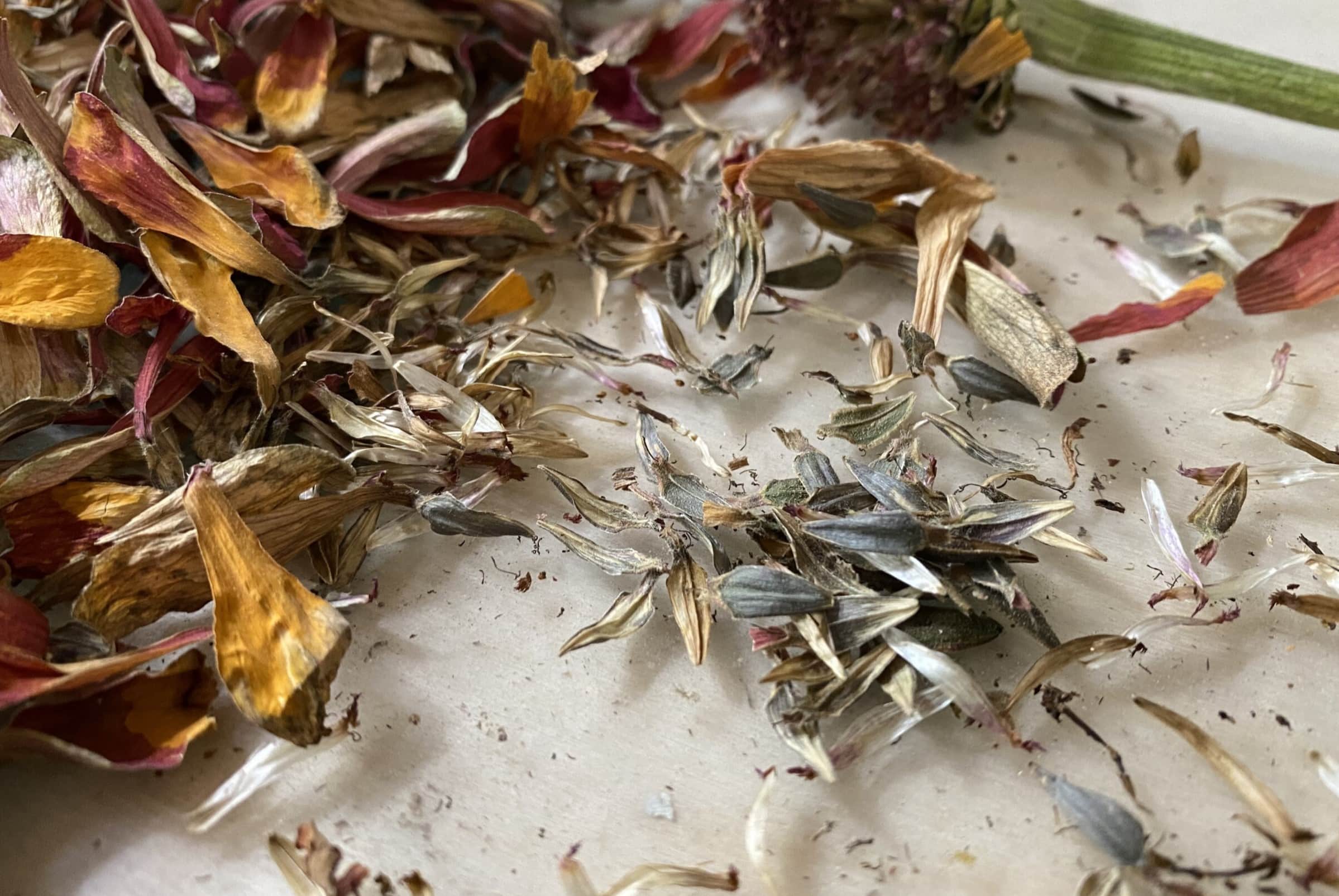

Garden Essentials
How To Collect Zinnia Seeds
Modified: March 16, 2024
Learn how to collect zinnia seeds in your garden and ensure a bountiful supply for next year's blooms. Expert tips and step-by-step instructions to help you save and store zinnia seeds.
(Many of the links in this article redirect to a specific reviewed product. Your purchase of these products through affiliate links helps to generate commission for Storables.com, at no extra cost. Learn more)
Introduction
Gardening enthusiasts are always on the lookout for new techniques to propagate their favorite plants. One of the most rewarding ways to expand your garden is by collecting seeds and growing them yourself. Zinnias, with their vibrant colors and beautiful blooms, are a popular choice for many gardeners. Learning how to collect zinnia seeds allows you to not only save money but also create your own unique varieties.
In this article, we will guide you through the process of collecting zinnia seeds. From choosing the right flowers to storing the harvested seeds, we will cover everything you need to know to successfully collect and propagate zinnias.
So, let’s dive into the world of zinnias and discover how you can start collecting seeds to expand your garden with these stunning beauties.
Key Takeaways:
- Choose healthy, vibrant zinnia flowers for seed collection to ensure strong and beautiful plants in your garden. Look for mature, dried seed heads to collect viable seeds for propagation.
- After collecting zinnia seeds, dry and store them in labeled containers in a cool, dark place to preserve their quality and increase the chances of successful germination. Avoid freezing the seeds to maintain their viability.
Read more: How To Collect Seeds From Zinnias
Choosing the Zinnia Flowers
When it comes to collecting zinnia seeds, it’s important to start with healthy and high-quality flowers. By selecting the right zinnias, you increase the chances of obtaining viable seeds that will produce strong and beautiful plants.
Here are some factors to consider when choosing zinnia flowers for seed collection:
- Variety Selection: Zinnias come in various sizes, shapes, and colors. Decide which zinnia varieties you want to collect seeds from based on your preferences and garden needs.
- Plant Condition: Look for zinnia plants that are healthy and free from diseases or pest damage. Choose plants with sturdy stems and lush foliage, as they are more likely to produce healthy seeds.
- Bloom Quality: Select flowers with vibrant colors, well-formed petals, and symmetrical shapes. These traits indicate that the zinnia flower is at its prime and will likely produce high-quality seeds.
- Maturity: Wait until the zinnia flowers have fully matured before collecting seeds. A mature zinnia flower will have a dried and withered appearance, with the petals starting to fade and curl.
By carefully choosing the zinnia flowers for seed collection, you ensure the best chances of obtaining seeds that will give rise to vigorous and stunning zinnia plants in your garden.
Identifying the Right Time for Seed Collection
The timing for collecting zinnia seeds is crucial in ensuring their viability. It’s important to know when exactly to harvest the seeds to maximize the chances of successful germination and growth.
Here are some key indicators to help you identify the right time for seed collection:
- Drying Seed Heads: Watch for the seed heads of the zinnia flowers to dry out. As the flowers mature, the petals will fade and fall off, and the seed heads will dry up, turning brown and brittle. This is an indication that the seeds are maturing and getting ready for collection.
- Visible Seeds: Once the seed heads have dried, gently rub them between your fingers. The mature seeds should easily come loose and be visible within the dried seed head. If the seeds are still green or not easily detachable, it’s an indication that they are not fully matured and require more time on the plant.
- Avoiding Moisture: Make sure to collect the zinnia seeds before any significant rain or moisture can reach them. Moisture can cause the seeds to sprout prematurely or develop mold, reducing their viability. Aim to harvest the seeds on a dry and sunny day to ensure optimal conditions for seed collection.
By keeping an eye on these indicators, you’ll be able to identify the optimal time for collecting zinnia seeds. Remember, patience is key—allow the zinnia flowers enough time to fully mature before embarking on the seed collection process.
Preparing for Seed Collection
Before you begin collecting zinnia seeds, it’s essential to prepare yourself and gather the necessary tools and materials. Proper preparation ensures a smooth and efficient seed collection process.
Here are a few steps to take when getting ready to collect zinnia seeds:
- Gather Supplies: Collect clean and dry containers or envelopes to store the collected seeds. Label each container with the zinnia variety and collection date to keep track of the seeds. Additionally, have a pair of scissors or pruners handy for cutting the seed heads.
- Choose a Work Area: Find a well-lit and clean workspace where you can comfortably collect and process the zinnia seeds. Make sure the area is well-ventilated to prevent the accumulation of moisture, which could affect the quality of the seeds.
- Ensure Seed Maturity: Double-check that the zinnia flowers have reached the appropriate level of maturity for seed collection, as discussed earlier. This step is essential to ensure that you collect viable and fully matured seeds.
- Wear Gloves: To maintain cleanliness and prevent the transfer of oils or contaminants to the zinnia seeds, it’s advisable to wear disposable gloves while handling the seed heads and seeds.
- Pruning Technique: To collect the seed heads, use clean and sharp scissors or pruners to make a clean cut just below the base of the flower head. This minimizes damage to the stem and allows for easy handling and processing of the seed heads.
By taking the time to prepare your workspace and gathering the necessary tools, you’ll be well-equipped to collect zinnia seeds efficiently and effectively.
After the zinnia flowers have faded and dried, carefully remove the seed heads and place them in a paper bag. Shake the bag to release the seeds, then store them in a cool, dry place for planting next year.
Collecting Zinnia Seeds
Now that you’re prepared and ready to collect zinnia seeds, let’s delve into the process itself. Collecting zinnia seeds involves a few simple steps to ensure you gather the seeds effectively without causing damage or loss.
Follow these steps to collect zinnia seeds:
- Choose the Seed Heads: Look for the dried zinnia flower heads that have turned brown and brittle. These are the seed heads that contain mature seeds ready for collection.
- Hold the Seed Head: Grasp the seed head between your fingers, holding it firmly at the base. Gently twist the seed head back and forth to loosen the seeds.
- Collect the Seeds: Continue twisting the seed head until the seeds start to fall out. You can also shake the seed head lightly over a container to dislodge any remaining seeds. Repeat this process for each seed head you wish to collect seeds from.
- Remove Debris: Once you’ve collected the seeds, remove any plant debris, chaff, or other unwanted materials from the seeds. You can do this by gently blowing on the seeds or using a fine-mesh sieve to separate the seeds from the debris.
It’s important to note that zinnia seeds are relatively small and may require some care and attention during the collection process. Handle the seeds delicately to avoid causing damage or losing any. Take your time and be patient to ensure you collect as many viable seeds as possible.
Now that you’ve successfully collected the zinnias seeds, it’s time to move on to the next step in the process—cleaning and storing them properly.
Read more: How To Seed Zinnias
Cleaning and Storing Zinnia Seeds
After you’ve collected the zinnia seeds, it’s crucial to clean and store them properly to maintain their viability and ensure successful germination when you’re ready to plant them. Cleaning the seeds removes any remaining debris or moisture, while proper storage protects them from environmental factors that could affect their quality.
Follow these steps to clean and store zinnia seeds:
- Drying the Seeds: Spread the collected zinnia seeds in a single layer on a clean, dry paper towel or a fine-mesh screen. Allow the seeds to air dry for about a week or until they are completely dry and brittle. Ensure they are kept in a well-ventilated area away from direct sunlight.
- Removing Chaff: Once the seeds are fully dried, gently rub them between your fingers to separate any remaining chaff or husks from the seeds. You can also use a fine-mesh sieve to further separate the seeds from the larger debris.
- Labeling and Packaging: Transfer the cleaned seeds into labeled envelopes or small seed storage containers. Clearly mark each container with the zinnia variety and the date of collection. This information will be helpful when you’re ready to plant or share the seeds.
- Storage Conditions: Store the zinnia seeds in a cool, dry, and dark place. A cool basement or a refrigerator set at a low temperature are ideal storage locations. Make sure the seeds are protected from moisture and extreme temperature fluctuations.
- Avoid Freezing: While zinnia seeds can withstand lower temperatures during storage, avoid freezing them as it can damage their viability. Freezing can cause the seeds to lose moisture and become less viable for germination.
By following these cleaning and storage guidelines, you can prolong the viability of your zinnia seeds and ensure they remain in optimal condition until you’re ready to sow them.
Remember, proper cleaning and storage are essential for preserving seed quality and will increase the chances of successful germination when you’re ready to plant your zinnias.
Conclusion
Congratulations! You now have a comprehensive understanding of how to collect zinnia seeds and expand your garden with these stunning flowers. By following the steps outlined in this article, you can successfully gather, clean, and store zinnia seeds for future planting.
Remember, choosing healthy zinnia flowers, identifying the right time for seed collection, and preparing your workspace are crucial steps in the process. Handling the seed heads with care and collecting the seeds delicately will ensure their viability. Cleaning the seeds from debris and storing them in optimal conditions will preserve their quality until you’re ready to sow them.
Collecting and growing zinnias from seeds allows you to not only save money but also gives you the opportunity to explore different zinnia varieties and create your own unique combinations. With their vibrant colors and beautiful blooms, zinnias are a wonderful addition to any garden.
So, why not start collecting zinnia seeds and watch your garden flourish with an array of stunning zinnia blooms? Enjoy the process, experiment with different varieties, and have fun nurturing these remarkable plants from seed to full bloom.
Happy gardening!
Frequently Asked Questions about How To Collect Zinnia Seeds
Was this page helpful?
At Storables.com, we guarantee accurate and reliable information. Our content, validated by Expert Board Contributors, is crafted following stringent Editorial Policies. We're committed to providing you with well-researched, expert-backed insights for all your informational needs.
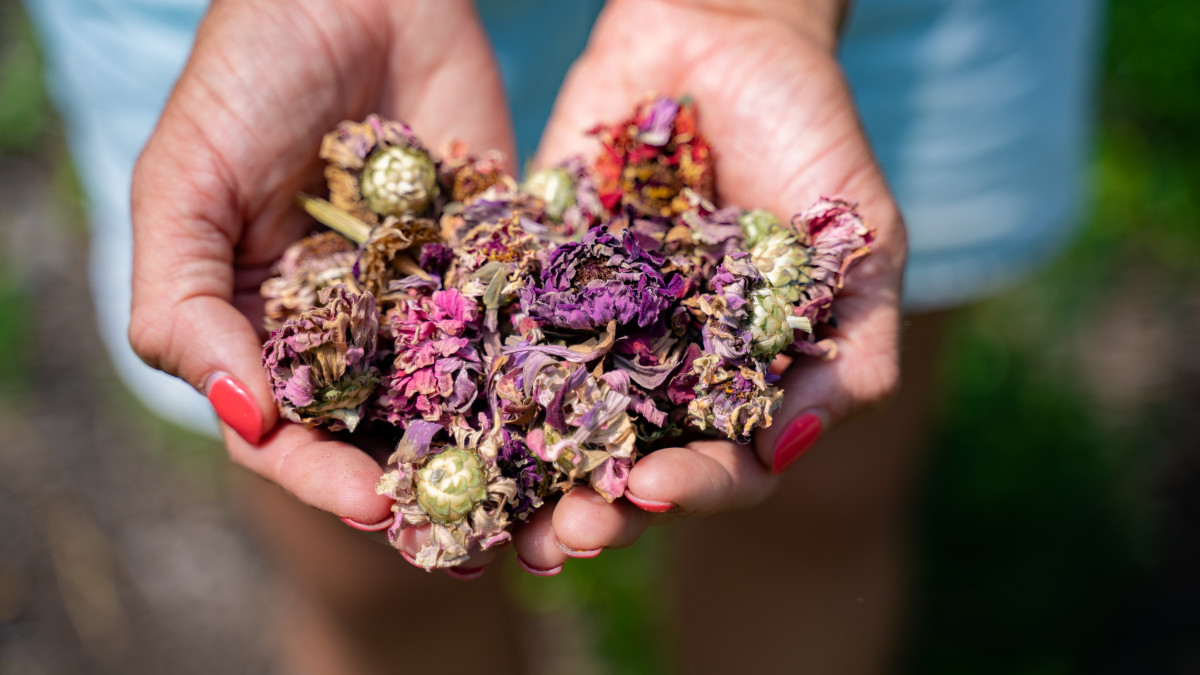
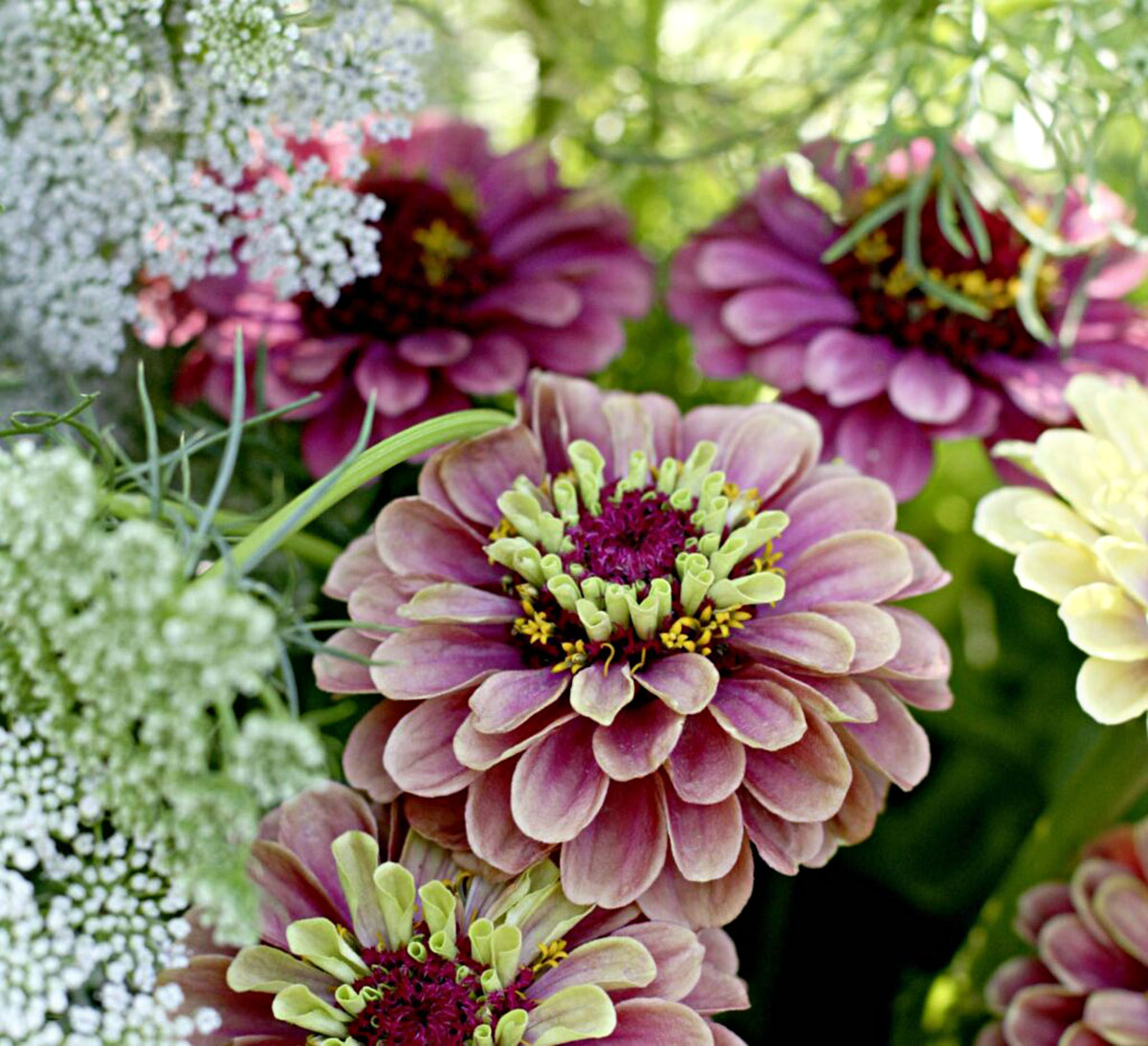
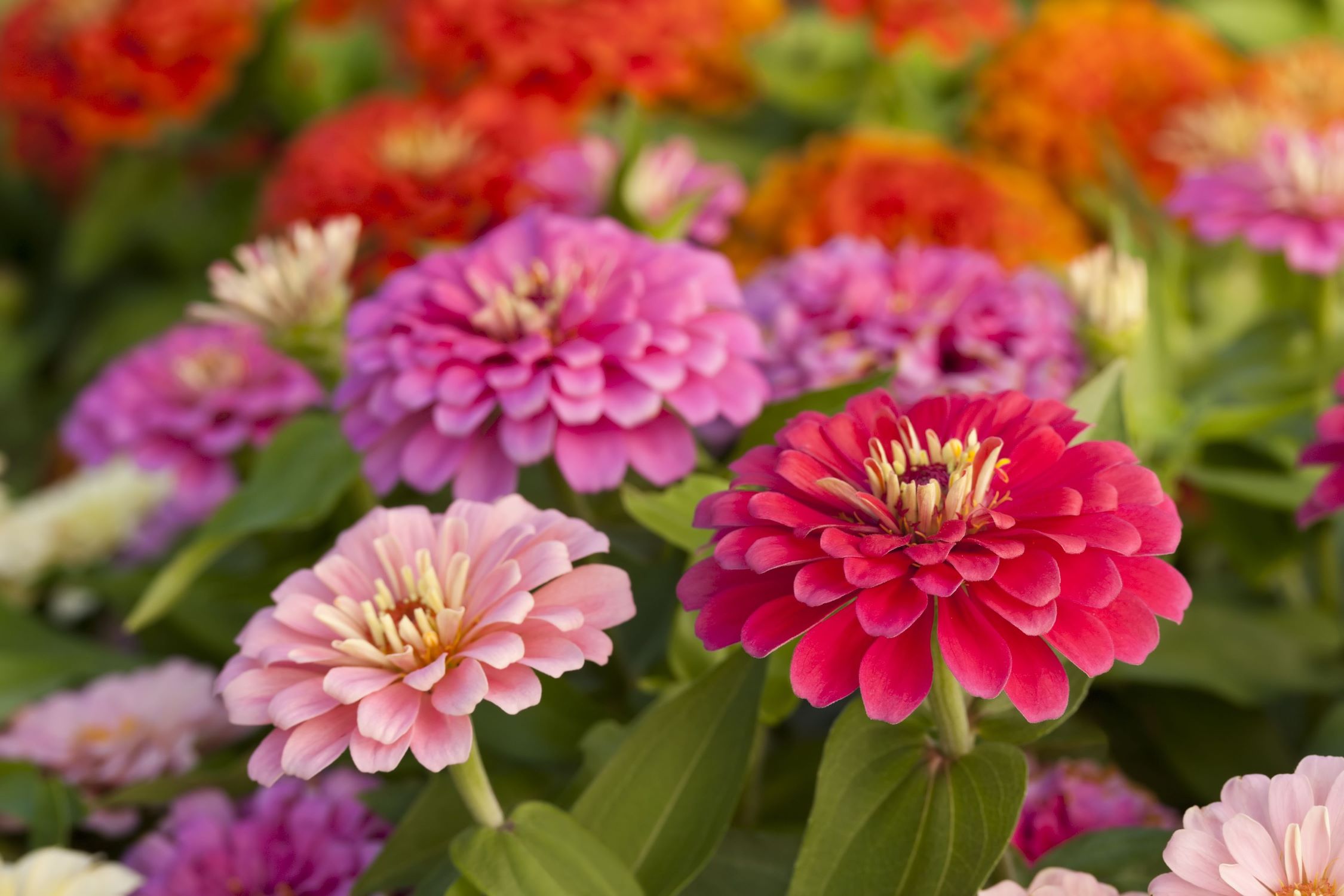
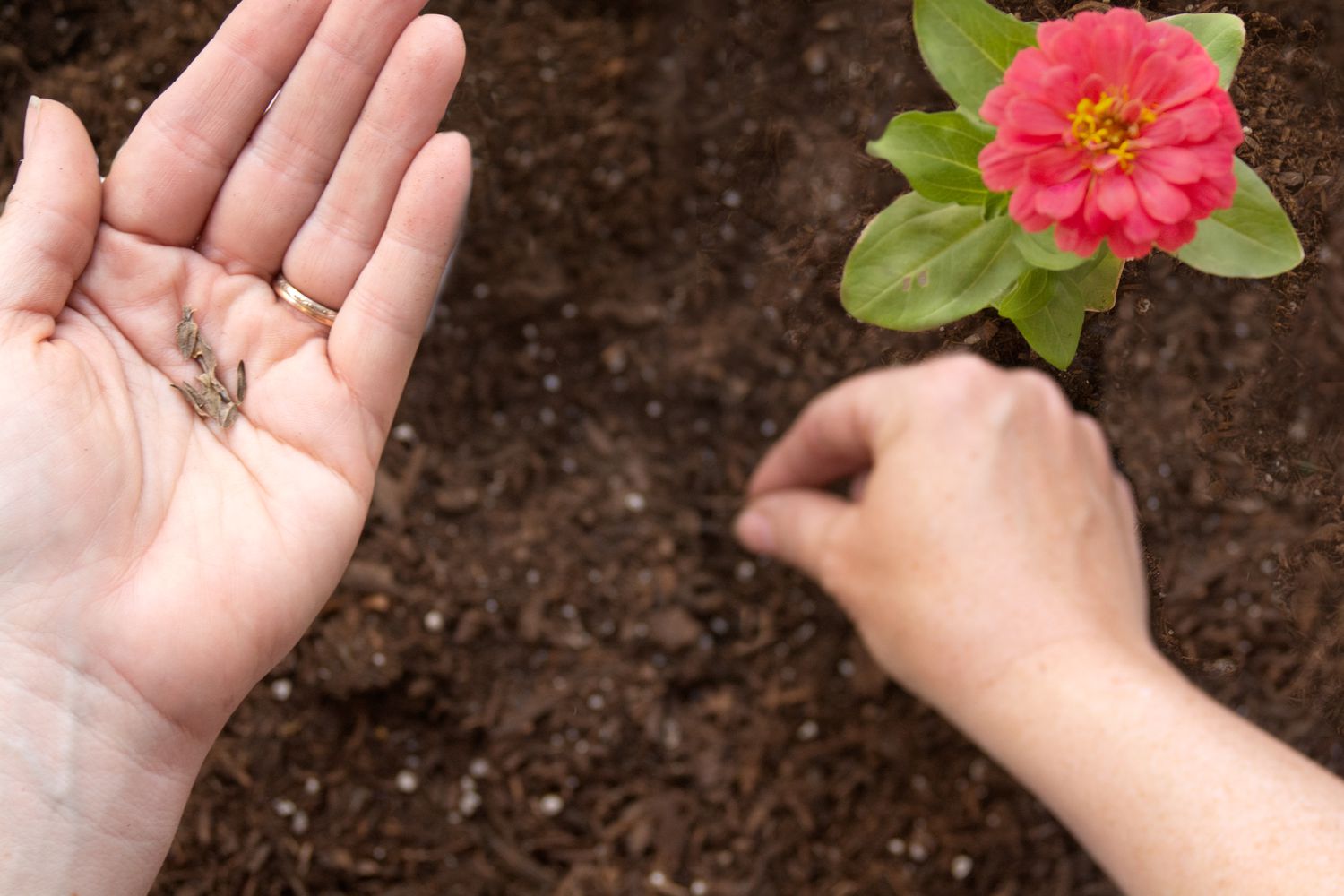

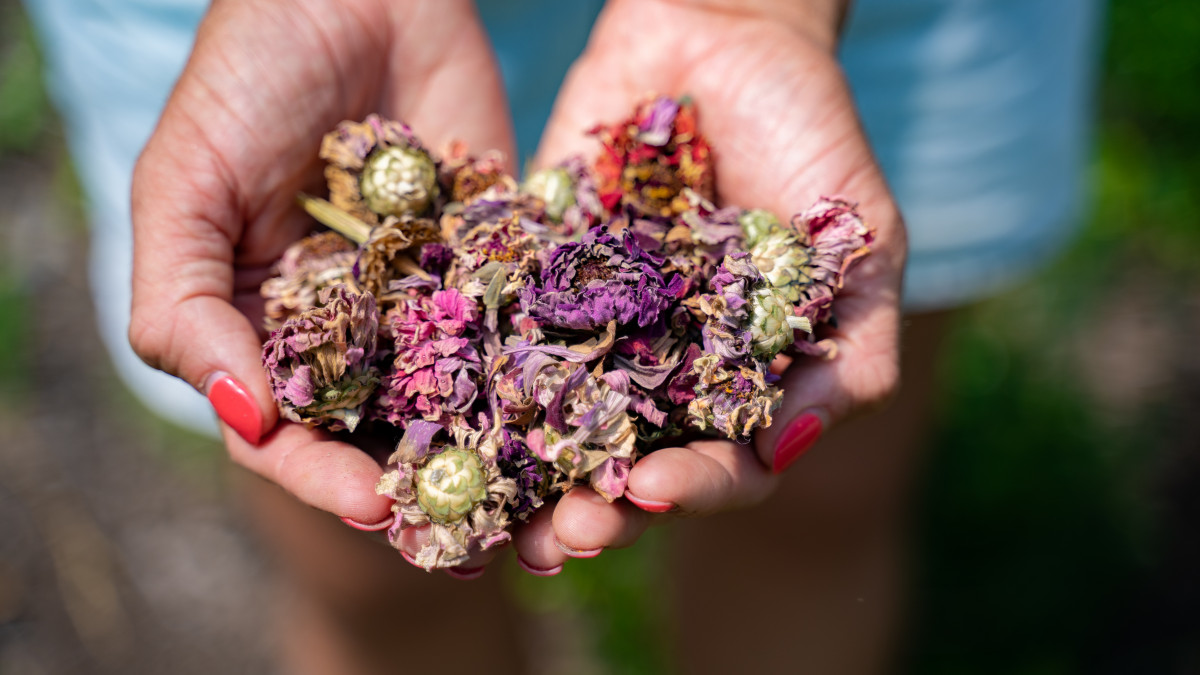
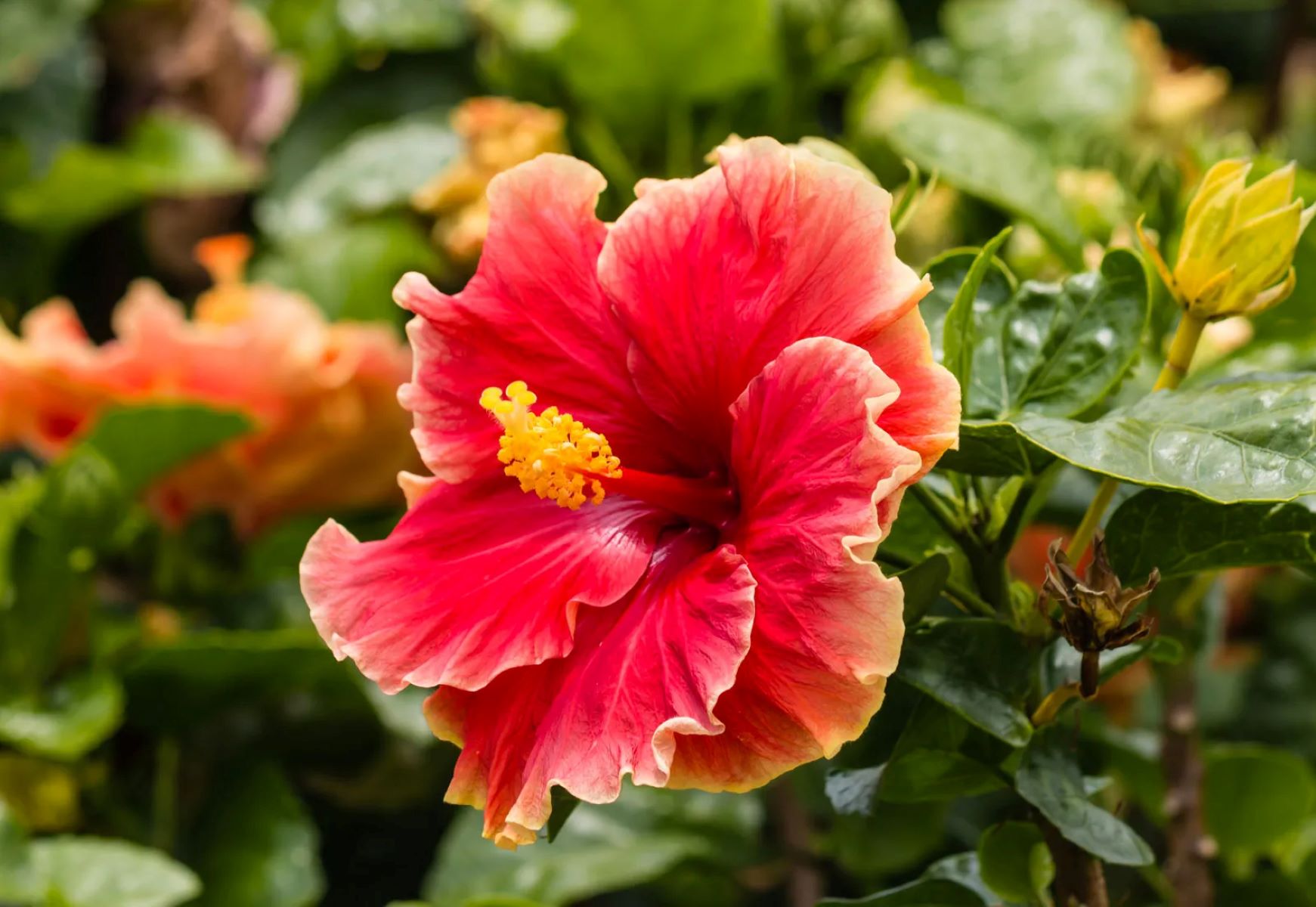
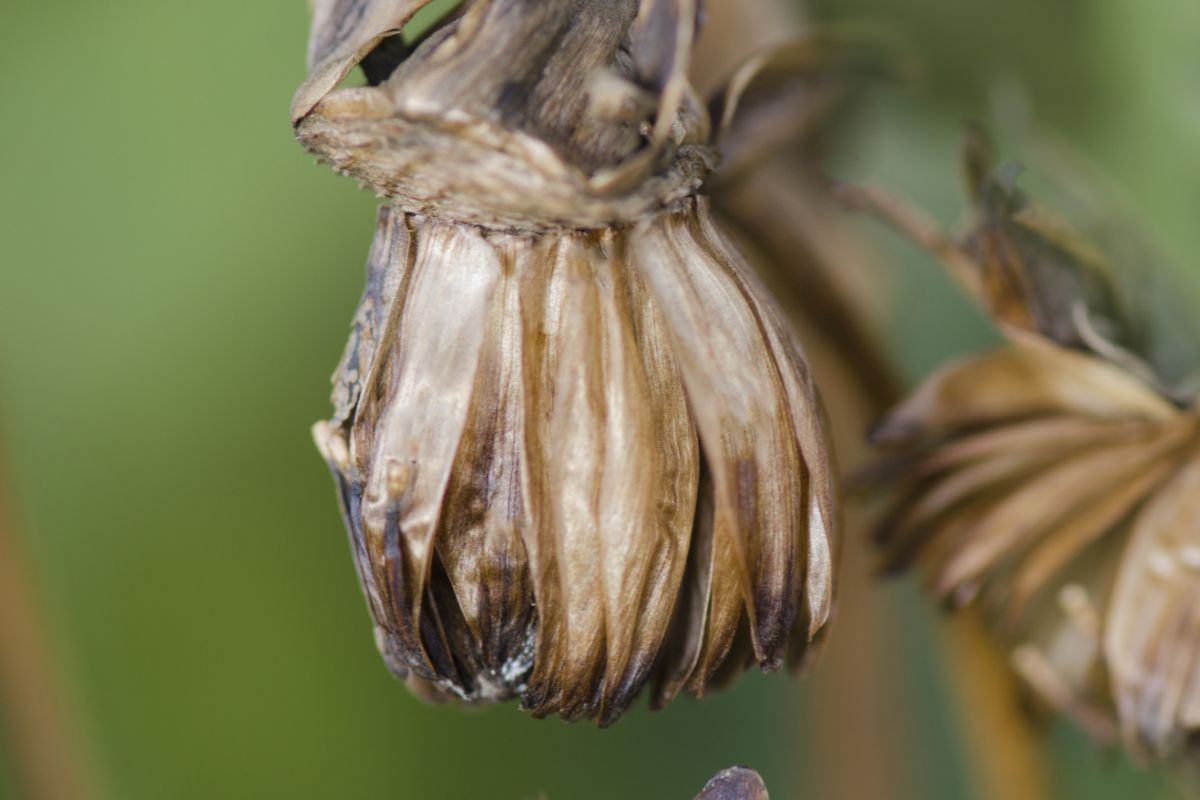
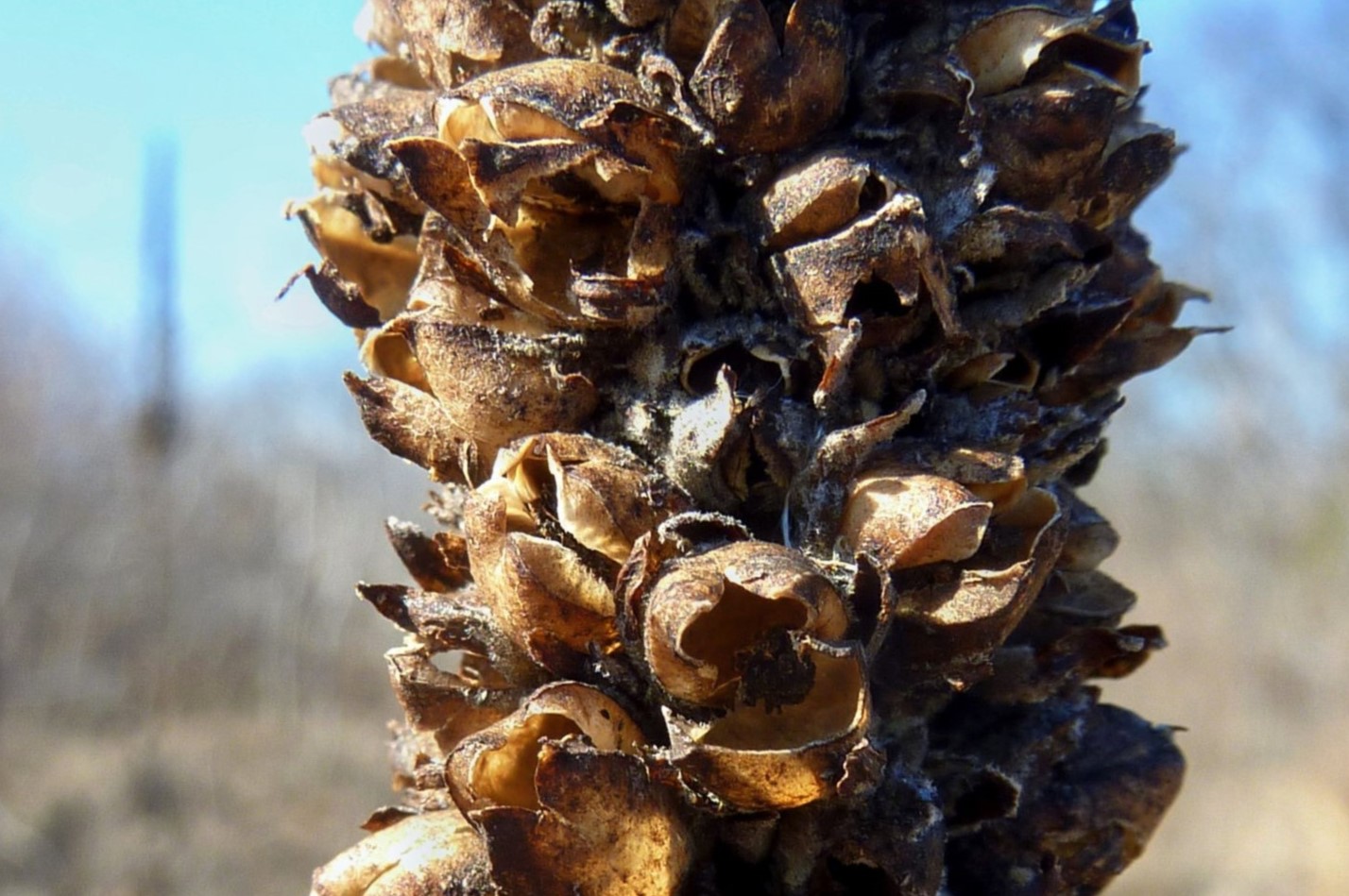
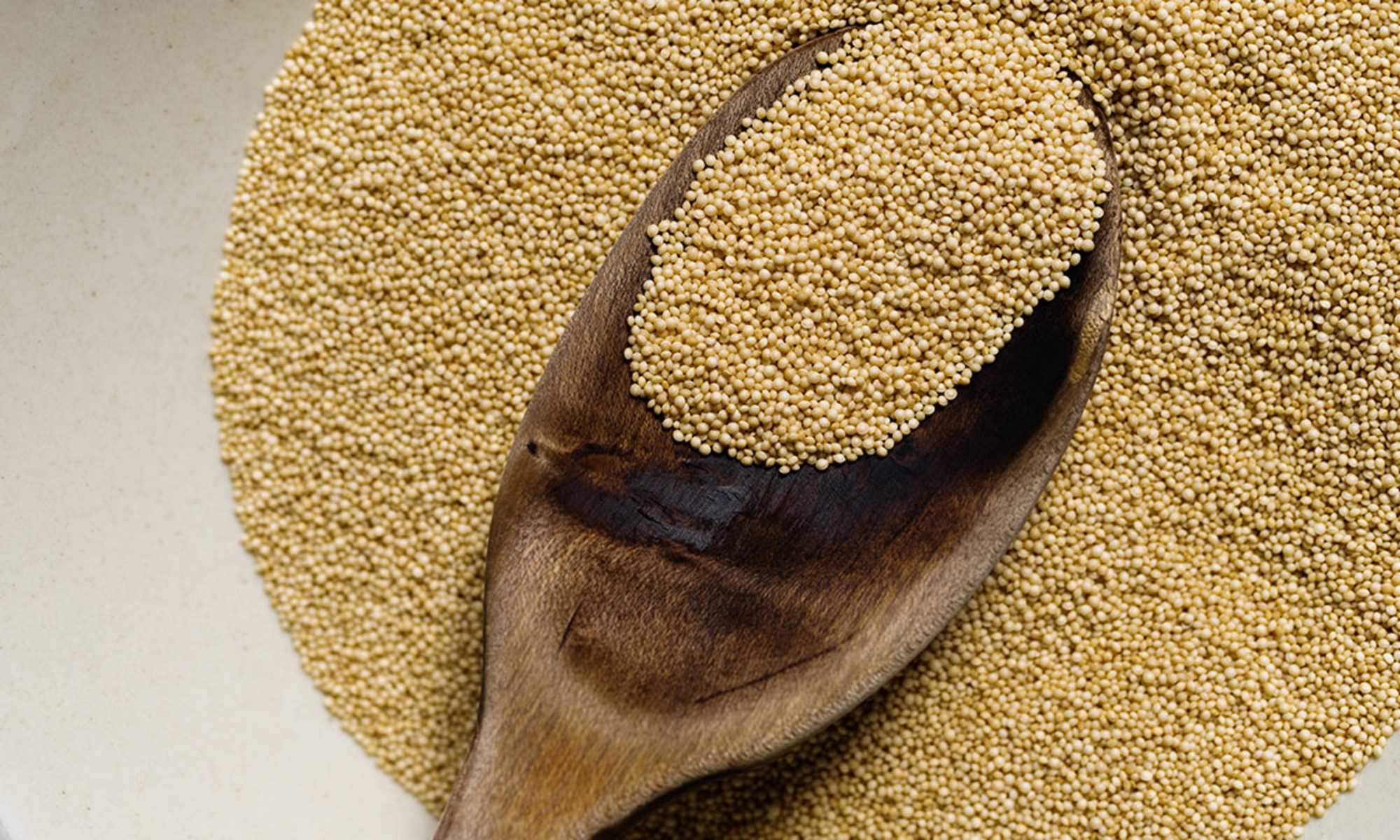
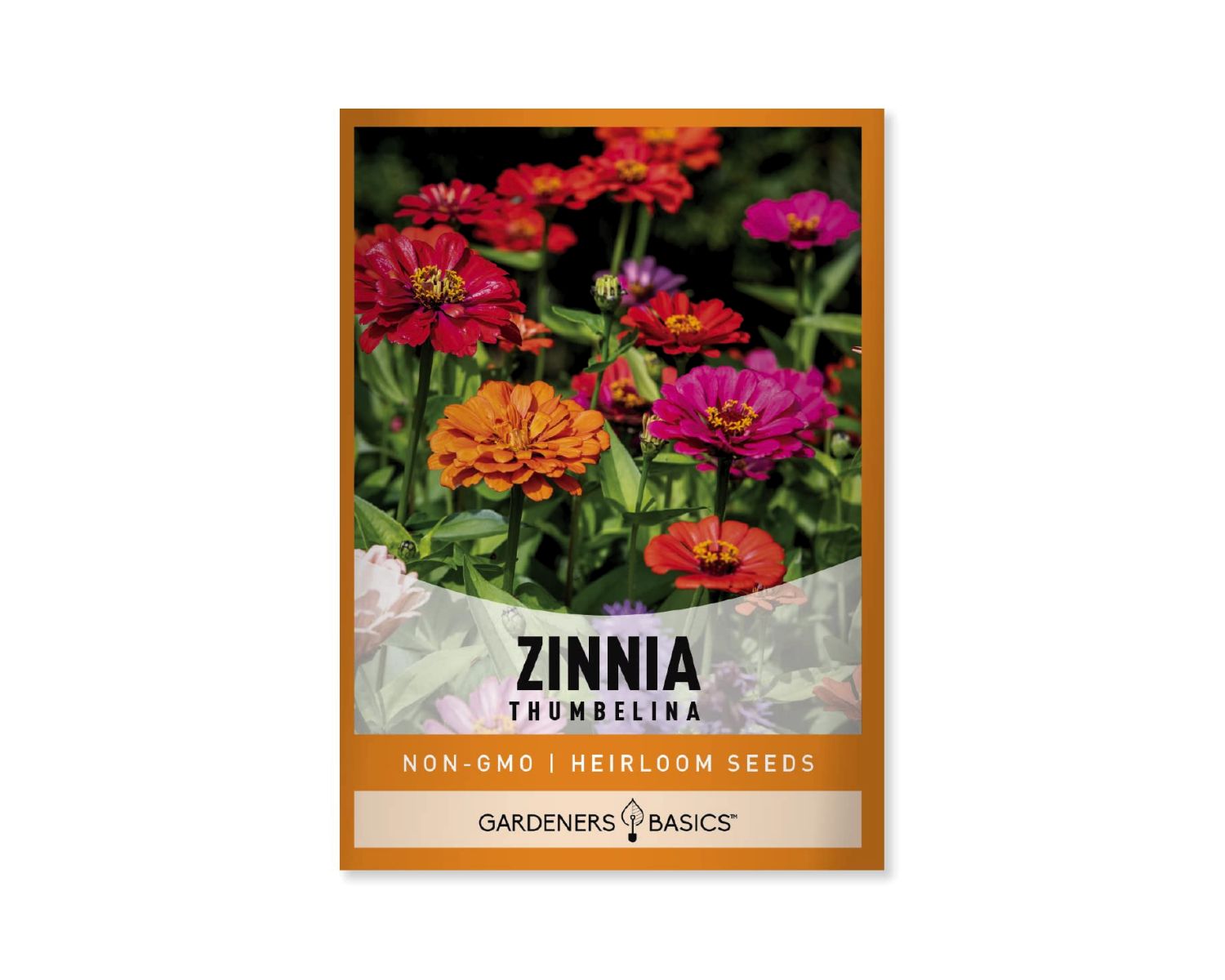
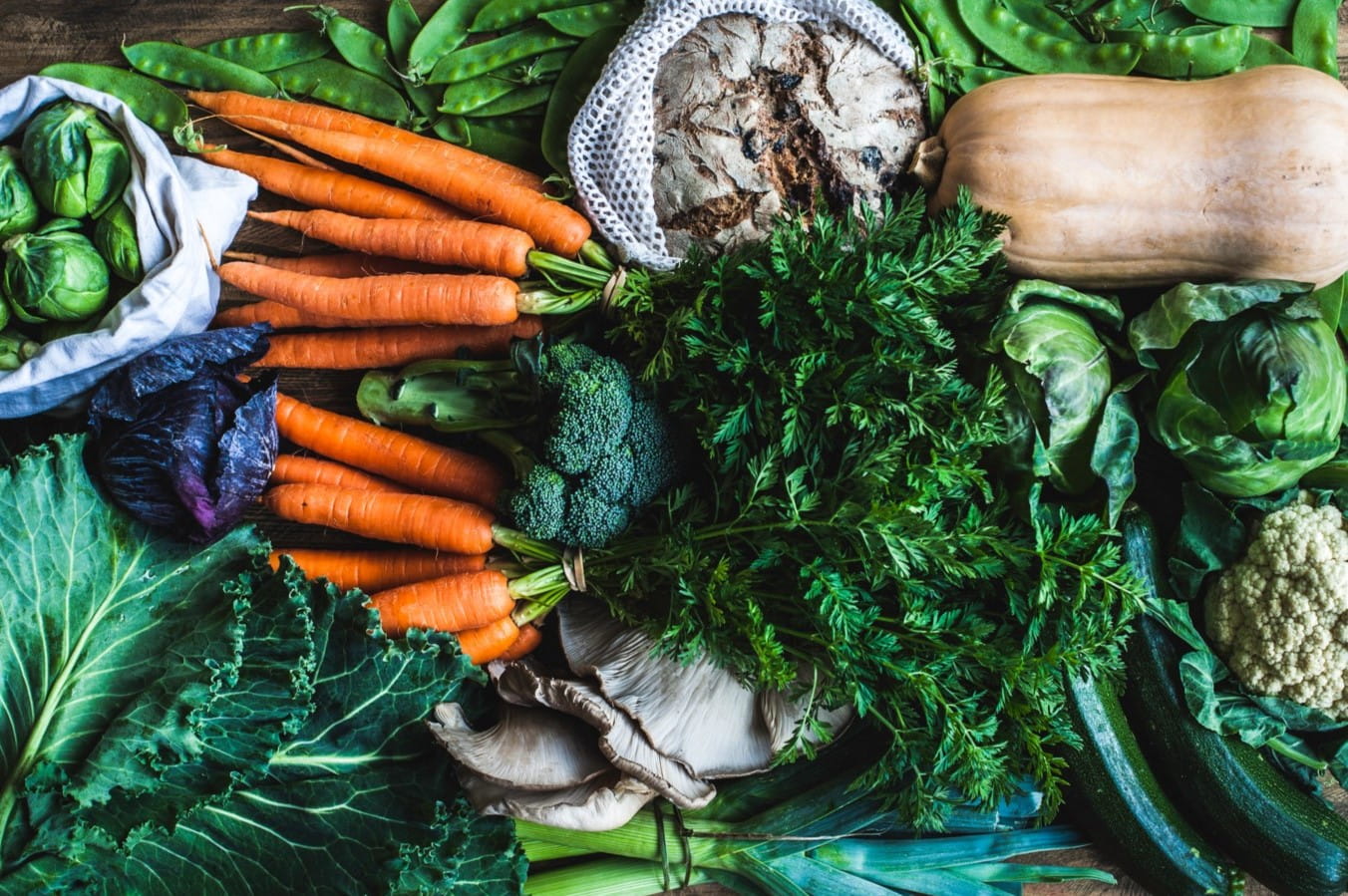
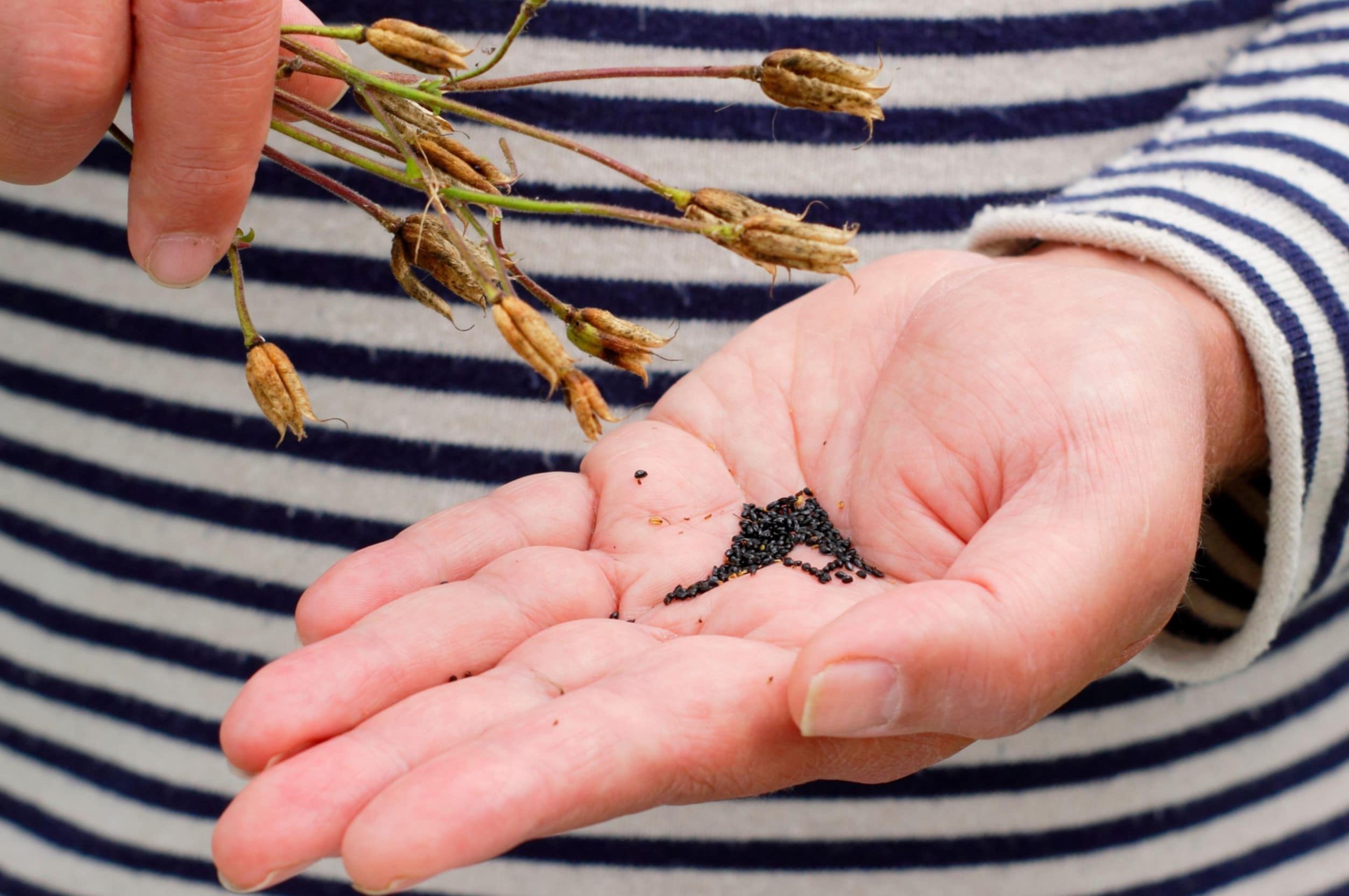
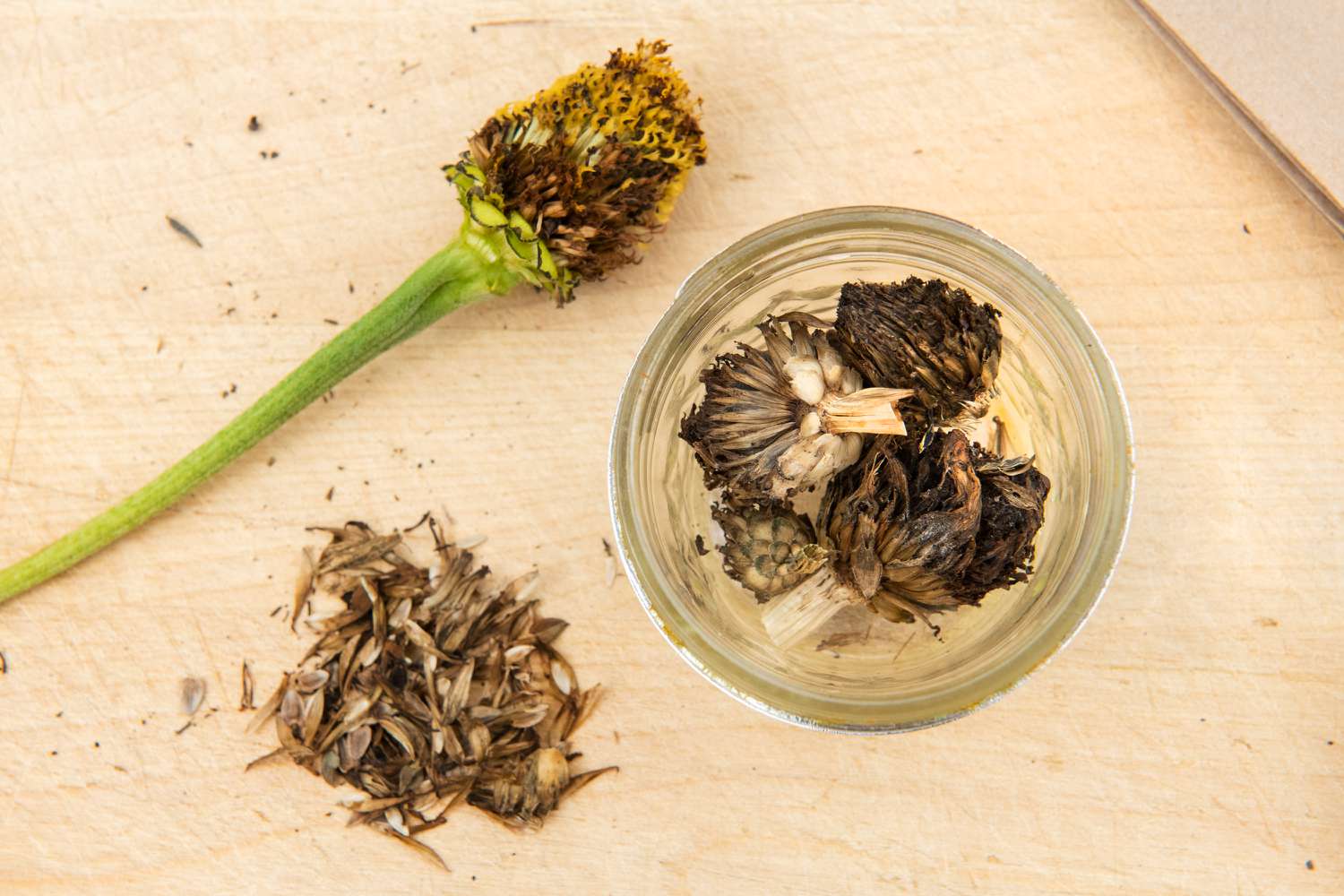

0 thoughts on “How To Collect Zinnia Seeds”